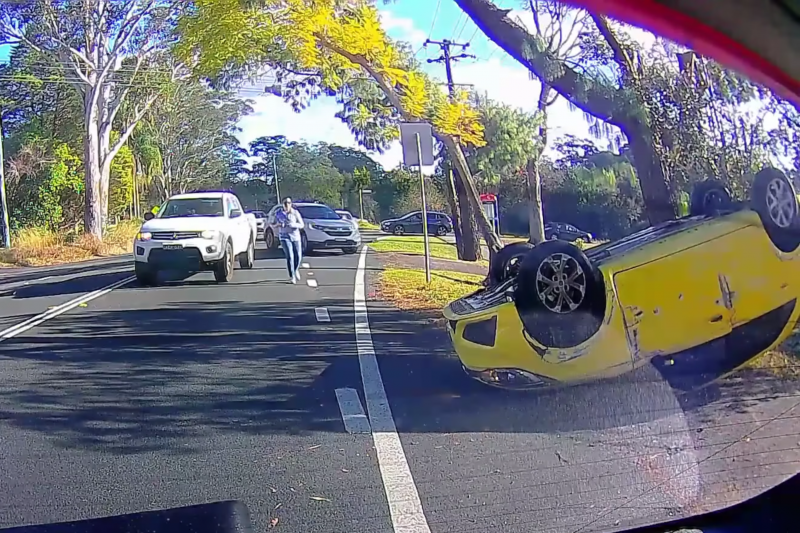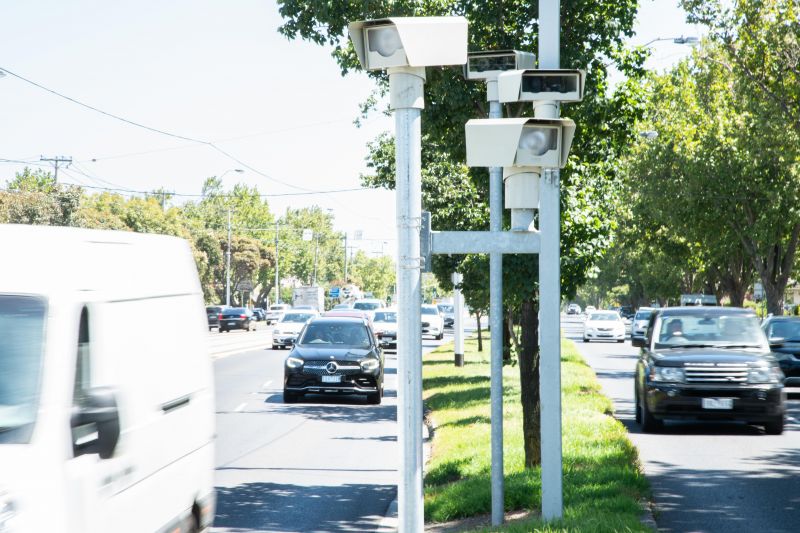The latest road toll figures are out, and clearly show speed cameras and other passive enforcement methods are likely to have no effect on reducing the road toll.
From June 2023 to May 2024, 1303 people died on Australian roads – an increase of more than 10 per cent over the equivalent period preceding it.
This comes on the back of some of the largest revenues raised by some states around speeding and mobile phone enforcement fines.
Bureau of Infrastructure and Transport Research Economic figures released today reveal 1303 people died on Australian roads in the 12 months leading to 31 May 2024, up from 1180 the previous year.
This 10.4 per cent increase indicates existing road safety measures, including speed cameras, are not adequately addressing the problem.
Notably, road deaths dramatically increased in NSW (32.9 per cent) and the Northern Territory (72.4 per cent).
| State/Territory | Deaths – 12 months to 31/05/23 | Deaths – 12 months to 31/05/24 | Change | % change |
|---|---|---|---|---|
| NSW | 280 | 372 | +92 | +32.9% |
| VIC | 274 | 288 | +14 | +5.1% |
| QLD | 273 | 287 | +14 | +5.1% |
| SA | 95 | 97 | +2 | +2.1% |
| WA | 180 | 172 | -8 | -4.4% |
| TAS | 38 | 30 | -8 | -21.1% |
| NT | 29 | 50 | +21 | +72.4% |
| ACT | 11 | 7 | -4 | -36.4% |
| AUSTRALIA | 1,180 | 1,303 | +123 | +10.4% |
Despite the widespread use of speed cameras these regions experienced substantial rises in fatalities, suggesting other factors may be more critical in ensuring road safety.
State-by-state, the revenue generated by traffic cameras continues to climb to new heights while the data suggests it has no real effect on reducing road trauma.
In Queensland, the Camera Detected Offence Program (CDOP) brought in $465.8 million in revenue last financial year, an increase of nearly 70 per cent on the $274.5 million collected in 2021-22.
That’s expected to rise to more than $500 million in the current financial year. The huge jump in revenue comes despite an additional 14 deaths on Queensland roads, a five per cent increase over last year.
In Victoria the state government is expected to rake in almost $1 billion from fines this financial year, making it the most over-policed state in the country.
Despite the enormous sum of fines, like Queensland, the southern state recorded 14 more deaths in the 12 months just gone compared to the year before, suggesting further enforcement and fines have no real effect on reducing the road toll.
Both states have also deployed a range of mobile phone detection cameras with fines exceeding $1000 in Queensland, none of which appear to have had a positive impact on reducing the road toll.
These road toll figures in isolation may not appear to be statistically significant. However, they come on the back of 2022-2023 being the worst year on record with 1253 people killed nationwide; the highest since 2017-2018 (pre COVID), suggesting a trend that is only going up.
As of 2022, Australia had a road toll of 4.5 per 100,000 people per year or 4.9 deaths for an estimated 1 billion vehicle kilometres.
Germany – which has significantly less emphasis on speed and far higher average speed limits – came in at 3.7 deaths per 100,000 people and 4.2 per an estimated 1 billion vehicle kilometres.
The Federal Government allocates around $10bn a year to state land transport infrastructure funding, yet road deaths keep rising.
The question remains: what are the taxpayers funding?






